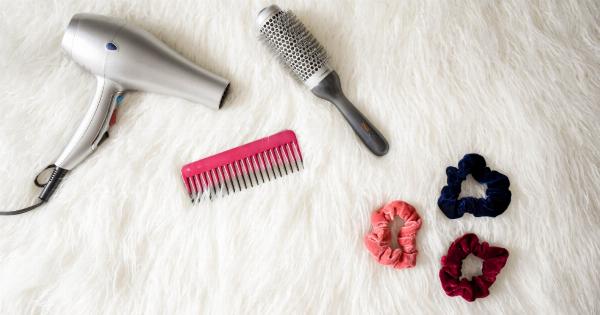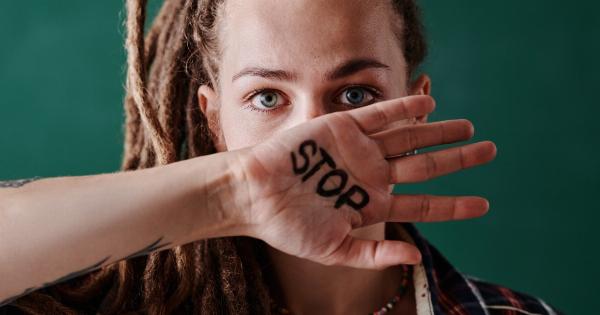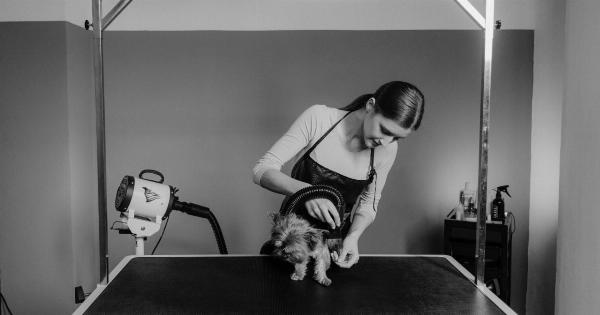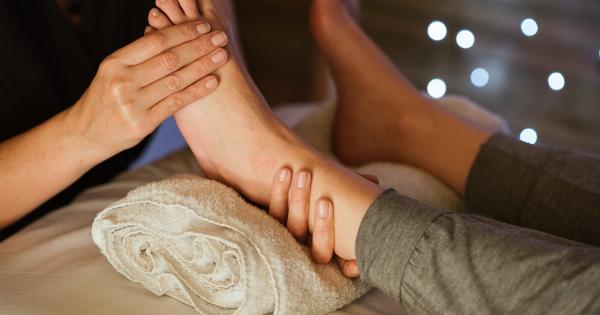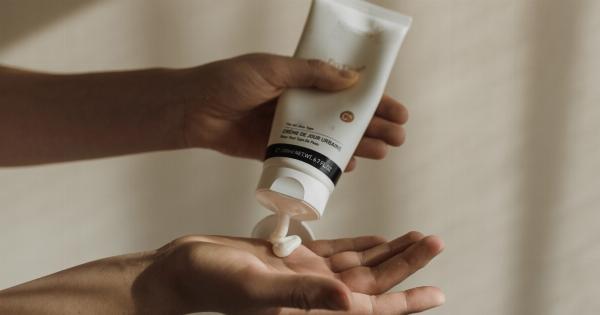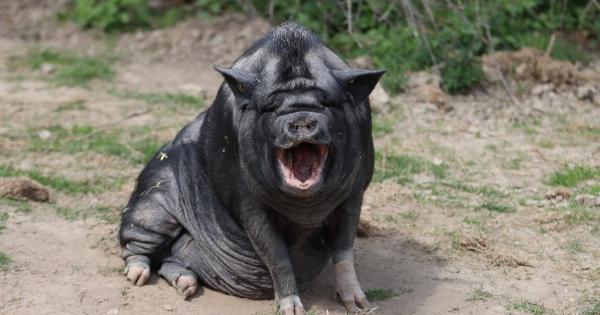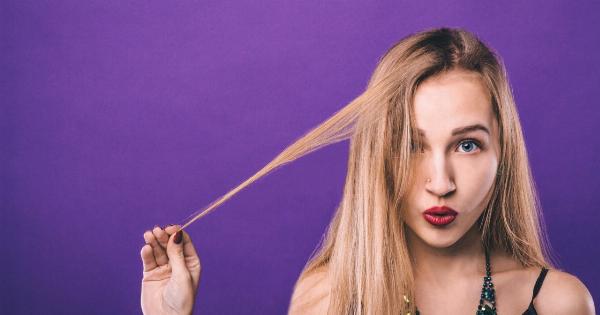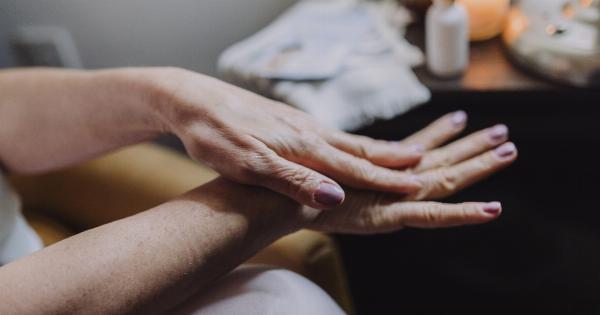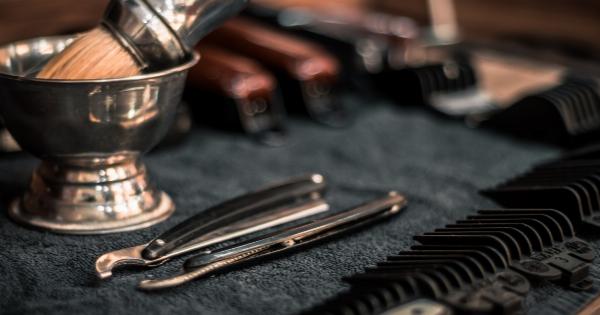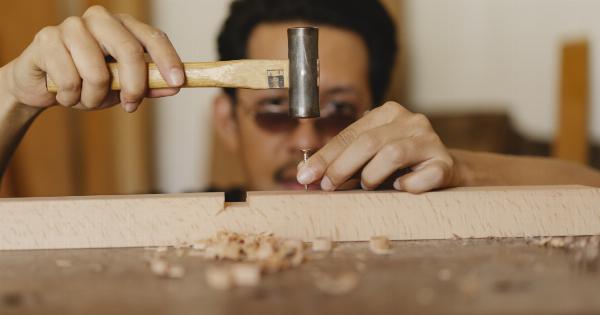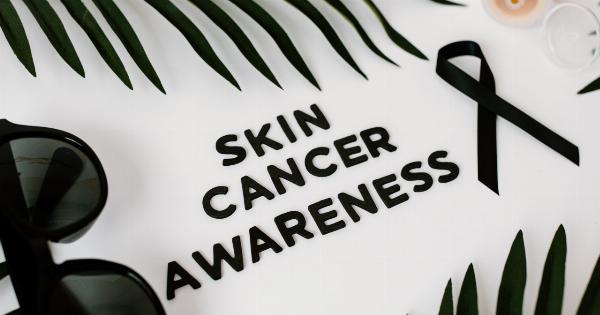Using a hair dryer may seem like a simple task, but there is a right way to do it to ensure your hair remains healthy and damage-free. Many people unknowingly make mistakes while using their hair dryers, leading to brittle and frizzy hair.
In this article, we will discuss the step-by-step process of using a hair dryer correctly to achieve salon-like results at home.
Step 1: Preparing Your Hair
Before turning on your hair dryer, it is essential to prepare your hair properly. Follow these steps to ensure the best results:.
- Start with freshly washed hair that has been towel-dried to remove excess moisture. Avoid using a hair dryer directly on dripping wet hair.
- Apply a heat protectant spray or serum to safeguard your hair from the damaging effects of heat styling.
- While your hair is still damp, gently detangle it using a wide-toothed comb or a brush with flexible bristles.
Step 2: Choosing the Right Temperature and Speed
Most hair dryers offer multiple heat and speed settings. It is crucial to select the appropriate combination for your hair type and desired style:.
- If you have thin or delicate hair, use the low heat and low-speed setting to prevent overheating and minimize damage.
- For thick or coarse hair, higher heat and speed settings can be used to expedite the drying process.
Step 3: Using the Nozzle Attachment
Many hair dryers come with detachable nozzle attachments. These attachments help control the airflow and direct it precisely, making your hair drying experience more efficient:.
Attach the nozzle to the end of your hair dryer before turning it on. The nozzle should be pointing downward, following the direction of your hair’s natural growth. This technique aids in smoothing the hair cuticles and reducing frizz.
Step 4: Drying Your Hair
Now that you are ready to start drying your hair, follow these guidelines:.
- Divide your hair into sections using hair clips or hair ties. This will make the drying process more manageable and effective.
- Start with the bottom sections and work your way up. Begin by drying the roots before moving towards the lengths.
- Hold the hair dryer at least six inches away from your hair to prevent excessive heat exposure. Continuous close contact can damage your hair and scalp.
- Keep the hair dryer moving constantly to distribute the heat evenly and prevent overheating in one specific area. This reduces the risk of hair damage.
- Use a round brush or a diffuser attachment to style your hair while drying. This will help create volume, waves, or curls, depending on your preference.
- If you encounter any tangles during the drying process, be gentle and use a brush with flexible bristles to detangle without causing breakage.
Step 5: Finishing Touches
After drying your hair, it is essential to add the finishing touches for a polished look:.
- Switch to the cool shot setting on your hair dryer and quickly blast your hair with cool air. This will help set your style and add shine.
- If desired, apply a styling product such as a serum, hairspray, or shine mist to enhance your hairstyle and provide additional hold.
- Finally, run your fingers through your hair to loosen any excessively styled sections and achieve a more natural look.
Conclusion
By following these steps, you can ensure that your hair drying routine is efficient and safe for your hair.
Remember to always protect your hair from excessive heat, choose the right settings for your hair type, and use proper techniques to achieve the desired style. Enjoy the benefits of a well-executed hair drying routine without compromising the health of your hair!.

